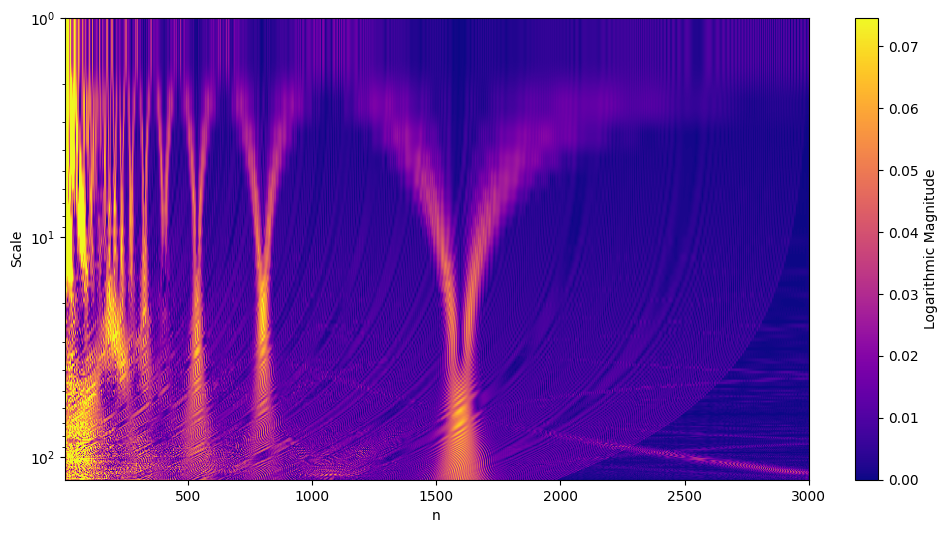This page presents a mathematical framework that analyzes the Riemann zeta function through principles of signal processing, focusing on aliasing effects that emerge in the summation of the Dirichlet series for its real and imaginary parts. These aliasing effects, formalized as the alias zeta function, preserve the phase structure and amplitude of the original Dirichlet series along the critical line, mirroring the original summands with precise phase alignment.
This framework reveals a new axis of symmetry in the zeta function, where aliasing effects and original summands interact in a structured, mirrored relationship. The periodic rotation of these aliasing components induces a distinct periodicity in the zeta function, leading to regular interference patterns between the real and imaginary parts and their corresponding aliasing components.
A central insight of this framework is that the real and imaginary parts of the zeta function are not independent but are intrinsically coupled through the rotational dynamics of their aliasing effects. This coupling enforces simultaneous cancellations along the critical line, where the precise phase alignment between original and aliasing components results in synchronized zero formation.
You can download the full paper here: https://zetasampler.com/zetasampler.pdf
